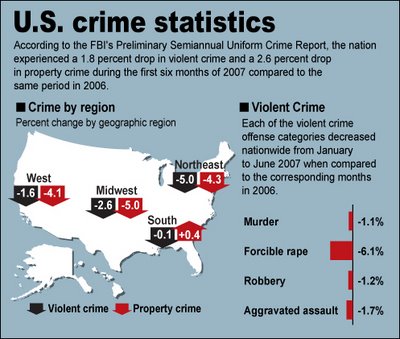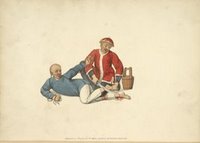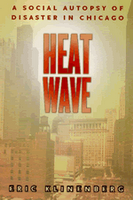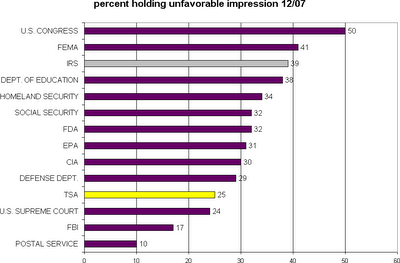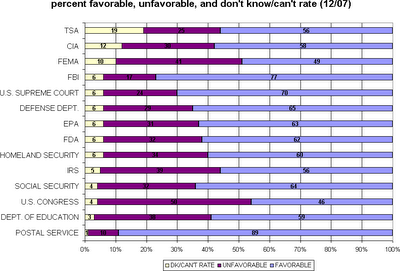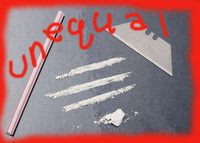 marc mauer, executive director of the sentencing project, takes a page from the environmental movement in the latest issue of the ohio state journal of criminal law.
marc mauer, executive director of the sentencing project, takes a page from the environmental movement in the latest issue of the ohio state journal of criminal law.
his new article on racial impact statements argues that the racially disparate effects of changes in sentencing policy are often entirely predictable. unlike most environmental impact statements, however, we generally have the data at hand to conduct a reasonable racial impact analysis at very low cost to the public.
here’s the abstract:
The extreme racial disparities in rates of incarceration in the United States result from a complex set of factors. Among these are sentencing and drug policies which, intended or not, produce disproportionate racial/ethnic effects. In retrospect, it is clear that many of these effects could have been predicted prior to the adoption of the legislation. In order to reduce the scale of unwarranted disparities, policymakers should address the potential racial impact of proposed legislation prior to enactment, rather than after the fact when any necessary reform is more difficult to achieve. One means of accomplishing this would be through the establishment of “Racial Impact Statements.” Similar to fiscal or environmental impact statements, such a policy would enable legislators and the public to anticipate any unwarranted racial disparities and to consider alternative policies that could accomplish the goals of the legislation without causing undue racial effects.
the ideal-typical example, of course, comes from the marked disparities in punishment for crack versus powder cocaine. more mauer:
Had Congress required that an impact statement be produced, it would have demonstrated that an estimated 4000 defendants a year would be sentenced to five and ten-year mandatory prison terms, 80% of whom would have been African American. A modest amount of additional data from government agencies would have documented that these rates were far higher than the black proportion of crack users or sellers in the general population. The question for policymakers would then have been whether the disparity was “unwarranted” because of the racial effects or “warranted” due to the need to provide public safety resources for the African-American community.
marc then discusses how racial impact statements can address both proportional disparity and population disparity. whereas the former involves a shift in the racial distribution of those serving time for a particular offense, the latter marks changes in the overall race-specific incarceration rate.
for example, if wisconsin passed a law that mandated a year in prison for serving margarine in a tavern, it would likely decrease proportional disparity (e.g., african americans might represent 30 percent of those serving time for this offense rather than, say, 35 percent under the existing discretionary system), but increase population disparity (e.g., it would nevertheless put more african americans behind bars, raising the race-specific incarceration rate from, say, 1,980 per 100,000 to 1,985 per 100,000).
regardless of the standard for assessing disparities, however, racial impact statements are intended to provide a basic context for assessing racial impacts when contemplating measures to protect public safety. why bother? shouldn’t the criminal code be color-blind? well, the rate of incarceration for african american males is currently about 3,042 per 100,000, relative to about 487 per 100,000 for white males. before we take any action that worsens such disparities, it seems reasonable to have a thoughtful discussion about balancing such costs against the likely gain in public safety.



